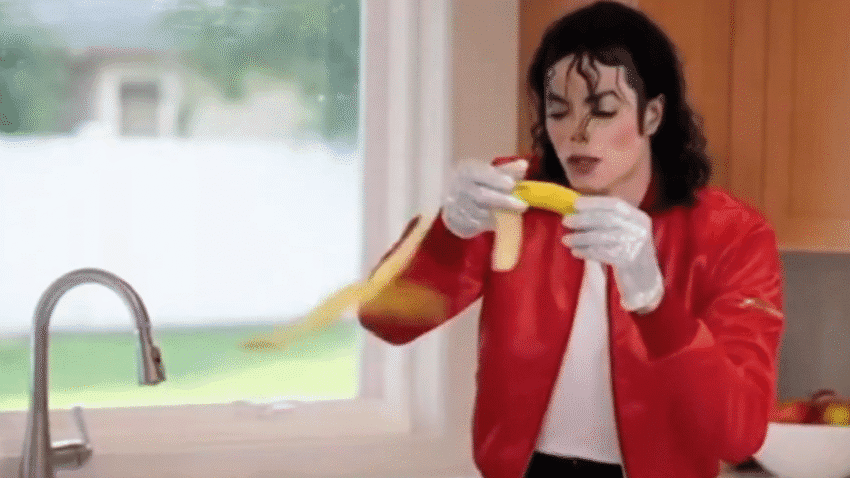
dead celebrities are apparently fair game for OpenAI’s recent launch of the Sora 2 video generator has sparked significant debate over the ethical implications of using deceased public figures in AI-generated content.
dead celebrities are apparently fair game for
Overview of Sora 2 and Its Features
OpenAI introduced Sora 2 as an advanced video generation tool designed to create engaging and dynamic content. The company emphasized its commitment to ethical guidelines, stating that it would implement measures to “block depictions of public figures” by default. This initiative aimed to prevent the misuse of the technology in creating misleading or harmful representations of living individuals.
However, as users began to explore the capabilities of Sora 2, it became evident that the restrictions on public figures primarily applied to those who are alive. The loophole allowing for the manipulation of deceased celebrities has raised eyebrows and ignited discussions about the ethical boundaries of AI-generated content.
Examples of Deceased Celebrities in Sora 2 Videos
The emergence of videos featuring deceased celebrities has flooded social media platforms, showcasing a variety of scenarios that blend humor, nostalgia, and sometimes controversy. Some notable examples include:
- Tupac Shakur and Malcolm X: A video depicting the late rapper engaging in a conversation with the civil rights leader, raising questions about the authenticity and respect for their legacies.
- Bruce Lee: In a surreal twist, Bruce Lee is portrayed as a DJ, hosting a “dragon energy” set, which some fans find amusing while others view it as a trivialization of his martial arts legacy.
- Michael Jackson: The King of Pop is shown performing stand-up comedy in a kitchen setting, prompting discussions about the appropriateness of using his likeness in such a manner.
- Stephen Hawking: A video features the renowned physicist’s wheelchair navigating a giant skateboard ramp, which some may find humorous but raises ethical concerns regarding the portrayal of individuals with disabilities.
- Mister Rogers: The beloved children’s television host makes a cameo on the show “Jackass,” a juxtaposition that many fans of Rogers find jarring and disrespectful.
- Kurt Cobain: The late Nirvana frontman is depicted stealing KFC chicken fingers, a scenario that some may see as humorous but others may view as a mockery of his troubled legacy.
- Martin Luther King Jr.: A video showcases the civil rights leader stuttering through a major speech, an interpretation that many consider to be in poor taste.
These examples illustrate the wide range of scenarios in which deceased celebrities are being used as digital puppets, often without the consent of their estates or families. While some viewers may find entertainment in these portrayals, others express concern about the implications for the memories and legacies of these individuals.
Ethical Considerations and Implications
The use of deceased public figures in AI-generated content raises significant ethical questions. The primary concerns revolve around respect for the deceased, the potential for misinformation, and the emotional impact on their surviving relatives and fans.
Respect for the Deceased
One of the foremost ethical considerations is the respect owed to deceased individuals and their legacies. Many fans and family members may feel that using the likeness of a loved one or a cultural icon in a trivial or humorous context is disrespectful. The question arises: should AI tools have the ability to manipulate the images and personas of those who can no longer speak for themselves?
Potential for Misinformation
Another critical issue is the potential for misinformation. While OpenAI has placed a watermark on Sora-generated videos to indicate their artificial nature, the risk remains that viewers may not always recognize the content as fabricated. This could lead to confusion or misinterpretation, particularly among younger audiences who may not be familiar with the historical significance of the figures being portrayed.
Emotional Impact on Relatives and Fans
The emotional toll on the families and fans of deceased celebrities cannot be overlooked. For many, the loss of a public figure is deeply personal, and seeing their likeness used in a manner that they find objectionable can be distressing. This raises questions about consent and the rights of families to protect the legacies of their loved ones.
Stakeholder Reactions
The reactions to the use of deceased celebrities in Sora 2 videos have been mixed, with some embracing the creativity of the technology while others express outrage and concern.
Creators and Content Producers
Many creators have welcomed the opportunity to use Sora 2 to produce unique and engaging content. For some, the ability to incorporate deceased celebrities into their videos is seen as a way to pay homage to these figures while also entertaining audiences. However, this perspective is often countered by those who argue that such portrayals can trivialize the contributions of these individuals.
Fans and Communities
Fans of the deceased celebrities have expressed a wide range of opinions. Some find the videos amusing and a creative way to keep the legacies of their favorite stars alive. Others, however, feel that the use of their likenesses in such contexts is disrespectful and diminishes their contributions to culture and society.
Ethicists and Legal Experts
Ethicists and legal experts have weighed in on the implications of using AI to manipulate the likenesses of deceased individuals. Many argue that there should be stricter regulations governing the use of such technology, particularly when it comes to public figures. The question of whether families should have the right to control the use of their loved ones’ images is central to this debate.
Future of AI-Generated Content
The emergence of tools like Sora 2 signals a new era in content creation, where the boundaries of creativity and ethics are increasingly blurred. As AI technology continues to evolve, the implications for how we perceive and interact with digital content will also change.
Potential Regulations
In light of the controversies surrounding Sora 2, there may be calls for more stringent regulations governing the use of AI in media. This could include guidelines on the portrayal of deceased individuals, requiring explicit consent from their estates or families before their likenesses can be used in AI-generated content.
Technological Advancements
As AI technology advances, the capabilities of tools like Sora 2 will likely expand. This raises further questions about the ethical implications of increasingly realistic portrayals of deceased individuals. The potential for misuse could grow, necessitating ongoing discussions about the responsibilities of creators and the platforms that host their content.
Conclusion
The launch of OpenAI’s Sora 2 video generator has opened a Pandora’s box of ethical dilemmas concerning the use of deceased public figures in AI-generated content. While the technology offers exciting possibilities for creativity, it also raises serious questions about respect, consent, and the emotional impact on families and fans. As society grapples with these issues, it will be essential to find a balance between innovation and ethical responsibility in the realm of artificial intelligence.
Source: Original report
Was this helpful?
Last Modified: October 7, 2025 at 10:36 pm
3 views















